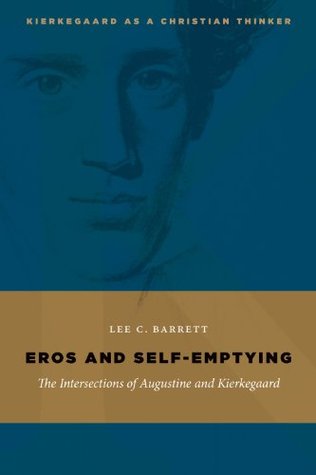have been aware of the true nature and extent of his indebtedness. As early as the 1940s, Ernst Moritz Manasse claimed to detect such a deep parallelism between the two thinkers on the importance of self-consciousness in the life of faith that some kind of mediated influence must be posited.1 A few years later, Carl Weltzer attempted to demonstrate that both Søren and his brother Peter were inspired by a renaissance of interest in Augustine that had occurred in Denmark in the early nineteenth century.2
Welcome back. Just a moment while we sign you in to your Goodreads account.


